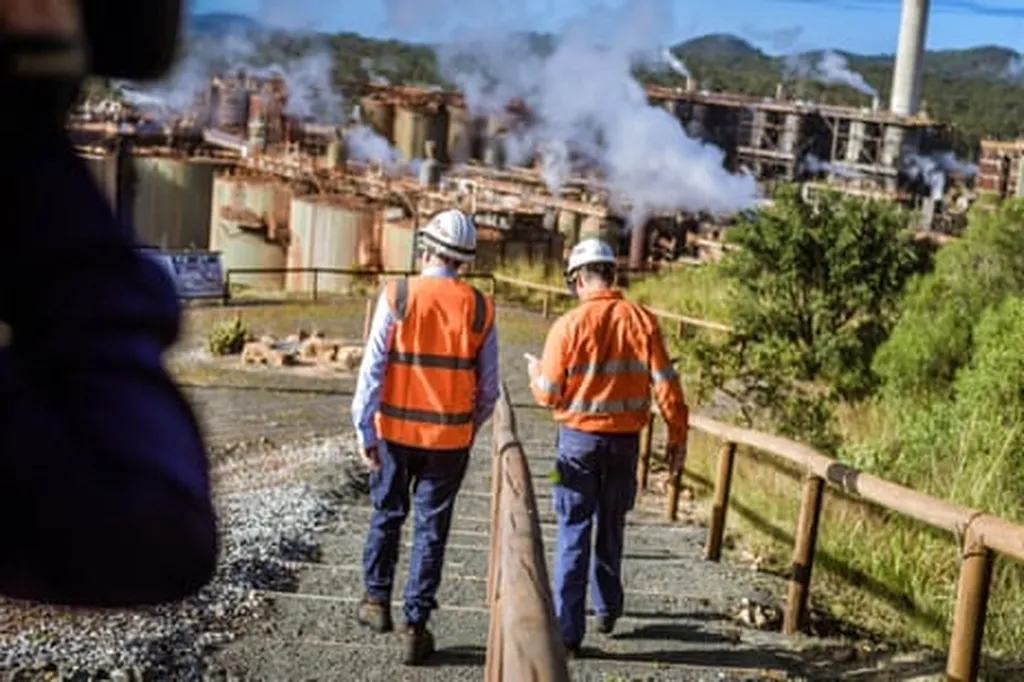In a promising stride towards reducing carbon emissions from waste-to-energy (WtE) plants, researchers have demonstrated that bottom ash (BA) residues from these facilities can effectively capture CO2 through a process called mineralization. This innovative approach not only mitigates CO2 emissions but also produces alternative construction materials, offering a dual benefit for the environment and industry.
Carine Julcour, a researcher at the Laboratoire de Génie Chimique, Université de Toulouse, CNRS, INP, UPS, and the lead author of the study published in the Journal of CO2 Utilization, explained, “Our findings show that 35 kg of CO2 can be captured per tonne of finely ground bottom ash under ambient conditions. This process could significantly reduce the carbon footprint of combined WtE and cement production systems.”
The research focused on BA samples collected from a WtE plant near Lyon, France. The samples were carbonated under slurry or humidity-controlled conditions, revealing the potential for CO2 capture. A crucial pre-washing stage was identified to prevent the production of hydrogen gas during carbonation and to remove undesirable chlorides and sulfates, enhancing the quality of the resulting construction materials.
While CO2 mineralization has been debated as a primary method for mitigating WtE emissions, the study presents a compelling case for its integration into existing industrial processes. “A conservative analysis suggests that the net carbon footprint of a combined WtE and cement production system could be reduced by 15% with the addition of a mineralization process,” Julcour noted.
The implications of this research extend beyond environmental benefits. For the energy sector, this technology offers a viable pathway to decarbonize WtE plants and align with the Paris Agreement on climate change. The production of alternative construction materials from mineralized bottom ash also presents commercial opportunities, potentially opening new markets for sustainable building materials.
As the world seeks innovative solutions to combat climate change, this research highlights the importance of exploring unconventional methods for CO2 capture and utilization. The integration of CO2 mineralization into industrial processes could pave the way for a more sustainable future, reducing emissions while creating valuable byproducts.
With further development and scalability, this technology could become a cornerstone in the fight against climate change, offering a practical and economically viable solution for the energy and construction sectors alike.

